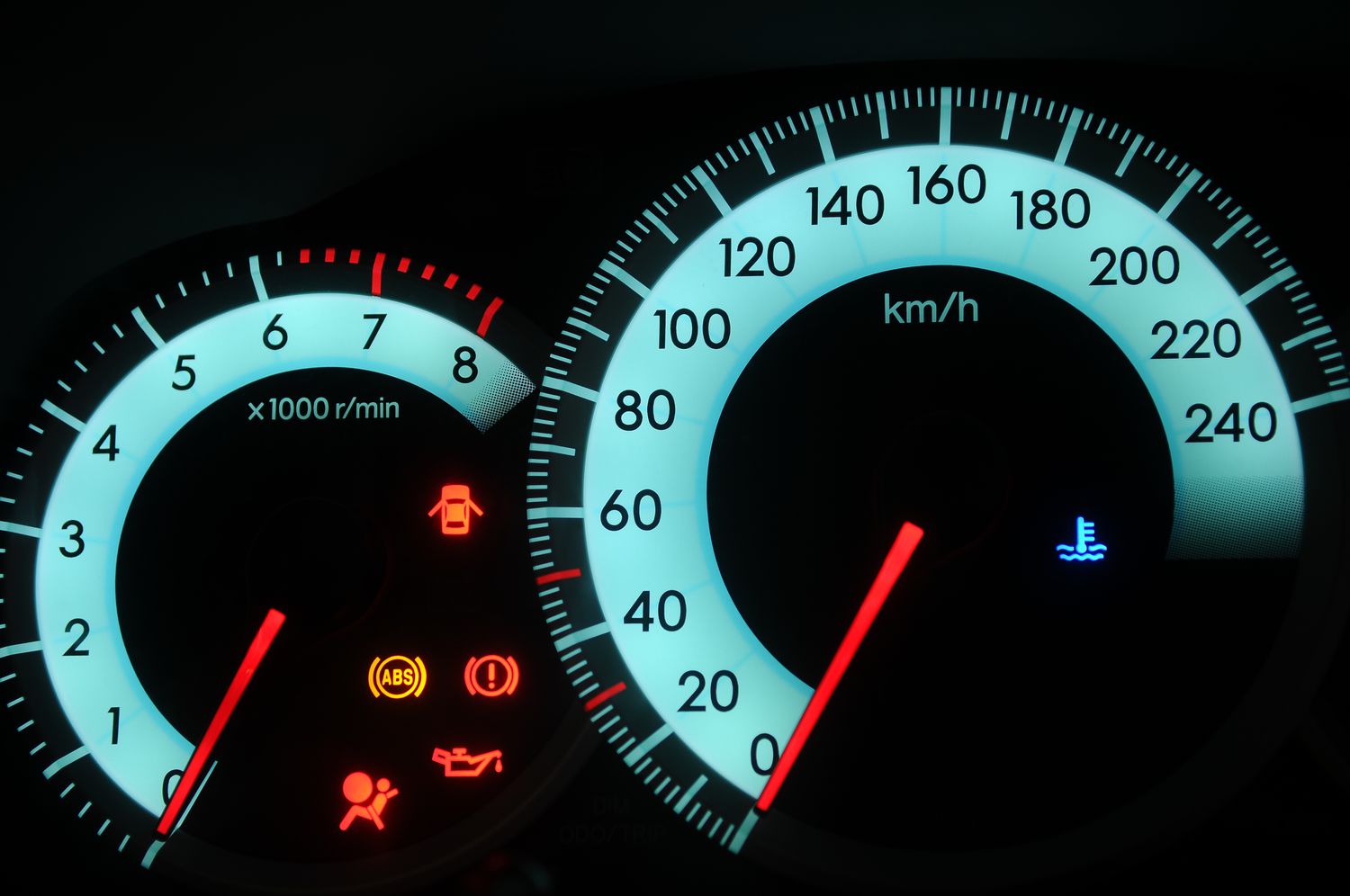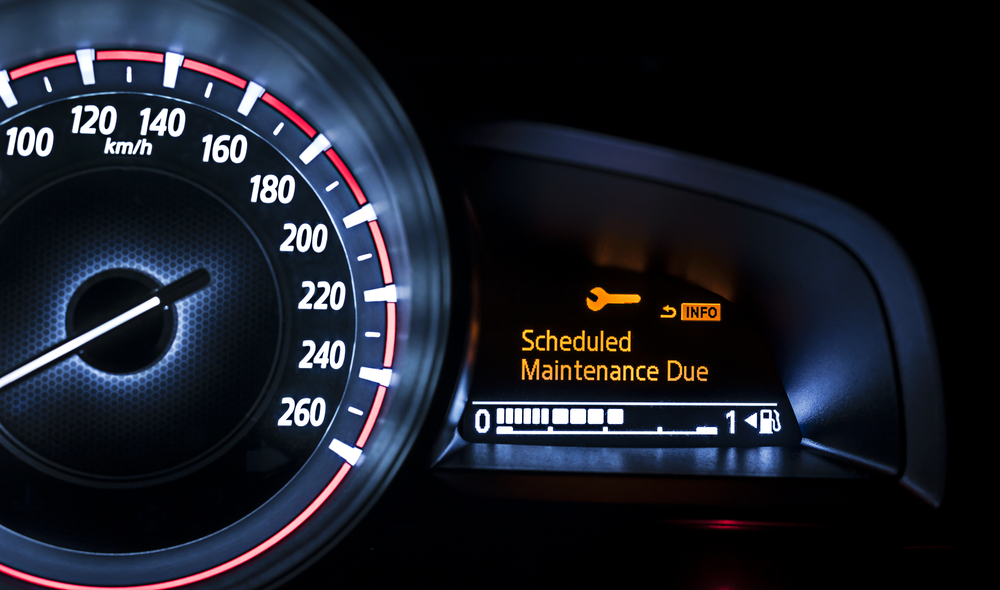I. Understanding the Symptoms: No Dashboard Lights and Car Not Starting
A. Identifying Dashboard Light Issues
Dashboard lights serve as vital indicators of a vehicle’s readiness and operational status.
When no dashboard lights illuminate upon turning the ignition key, it signals a potential electrical issue.
An absence of dashboard lights can signify power-related problems, hindering the car’s starting process.
B. Assessing the Non-Starting Condition
A non-starting vehicle can result from various causes, such as battery issues or ignition system malfunctions.
Lack of dashboard lights and the inability to start the vehicle often indicate underlying electrical or mechanical problems.
A comprehensive diagnosis is essential to identify the root causes of the no-starting condition and dashboard light failures.
II. Electrical System Examination
A. Inspection of Battery and Connections
A thorough examination of the battery and its connections helps identify potential power supply issues.
Corroded or loose battery terminals can disrupt electrical flow, causing dashboard light failures and no-start conditions.
Checking the battery’s voltage and condition is crucial to ensure consistent power delivery to the vehicle’s systems.
B. Assessment of Fuses and Relays
Fuses and relays safeguard the electrical system from overloads and malfunctions, impacting dashboard lights and vehicle starting.
A faulty fuse or relay can interrupt the circuit, leading to dashboard light failures and preventing the vehicle from starting.
Inspecting and testing fuses and relays is pivotal in diagnosing potential electrical interruptions and addressing them effectively.
C. Examination of Ignition Switch and Wiring
The ignition switch and associated wiring play a central role in initiating the vehicle’s electrical systems.
Malfunctioning or damaged ignition components can disrupt the communication between the battery, dashboard lights, and the starting mechanism.
Thoroughly evaluating the ignition switch and wiring ensures the seamless operation of the dashboard lights and the vehicle’s start-up sequence.
III. Diagnostic Tools and Procedures
A. Utilizing Multimeter and Diagnostic Scanners
Diagnostic tools such as multimeters and OBD-II scanners aid in assessing the electrical functions of a vehicle.
Multimeters measure voltage and resistance, allowing for the evaluation of battery health and electrical connectivity.
Diagnostic scanners retrieve error codes and performance data, shedding light on potential issues impacting dashboard lights and starting capabilities.
B. Conducting Voltage and Resistance Tests
Voltage and resistance tests enable the identification of electrical irregularities within the vehicle’s systems.
Measuring voltage at critical points, such as the battery and ignition components, provides insights into power distribution.
Resistance tests help pinpoint wiring and component integrity, addressing potential causes of dashboard light failures and start-up issues.
C. Retrieving Error Codes and Data from the Vehicle’s Computer
Accessing the vehicle’s computerized diagnostics allows for the retrieval of error codes and performance data.
Error codes offer specific insights into malfunctions affecting the electrical system, aiding in targeted troubleshooting.
Detailed data from the vehicle’s computer provides valuable information for diagnosing and rectifying dashboard light and start-up malfunctions.

IV. Addressing Common Causes
A. Exploring Battery Drain and Terminal Corrosion
Battery drain and terminal corrosion frequently contribute to dashboard light failures and non-starting situations.
Identifying and rectifying excessive power draw and corroded terminals is crucial for restoring electrical function.
Resolving battery-related issues ensures consistent power supply, addressing common causes of dashboard light failures and starting malfunctions.
B. Investigating Faulty Starter and Alternator
A malfunctioning starter or alternator can impede the vehicle’s ability to start and charge the battery effectively.
Addressing issues related to the starter motor and alternator restores the vehicle’s starting capabilities and electrical functions.
Diagnostic evaluation and repair of these components mitigate common causes of no dashboard lights and non-starting occurrences.
C. Evaluating Ignition System Malfunctions
Malfunctions within the ignition system, such as a faulty ignition switch or worn-out wiring, can disrupt electrical operations.
Thorough inspection and repair of ignition system components ensure consistent power distribution and starting performance.
Identifying and addressing issues within the ignition system resolves potential causes of dashboard light failures and non-starting conditions.
V. Troubleshooting Dashboard Lights
A. Analysis of Dim and Flickering Dashboard Lights
Dim or flickering dashboard lights are indicative of electrical irregularities impacting the vehicle’s lighting system.
Troubleshooting dim or flickering dashboard lights involves assessing the battery, wiring, and lighting components for potential issues.
Rectifying dim or flickering dashboard lights enhances visibility and ensures accurate diagnostic insights when addressing electrical malfunctions.
B. Resolving Dashboard Light Bulb Failures
Failed dashboard light bulbs can hinder the visibility of crucial indicators, affecting driving safety and monitoring capabilities.
Replacing faulty bulbs with appropriate replacements restores the functionality of dashboard lights, ensuring clear and accurate indications.
Timely resolution of dashboard light bulb failures promotes safe and effective driving conditions, addressing potential electrical malfunctions.
C. Checking Dashboard Light Controls and Dimmer Switches
Dashboard light controls and dimmer switches govern the intensity of dashboard lights, impacting their visibility and performance.
Ensuring the proper functionality of controls and switches contributes to accurate dashboard light adjustments and electrical system regulation.
Addressing potential issues with controls and switches enhances the operability of dashboard lights, bolstering overall electrical performance.
VI. Repair Solutions
A. Replacing and Testing the Battery
Replacing a deteriorating battery and testing the new one ensures reliable power supply for the vehicle’s electrical system.
Professionally conducted battery testing verifies its performance, addressing potential causes of dashboard light failures and starting issues.
Proper battery maintenance and replacement are pivotal for sustaining consistent electrical performance in the vehicle.
B. Repairing or Replacing Faulty Wiring and Connectors
Repairing or replacing damaged wiring and connectors restores the integrity of the vehicle’s electrical connections.
Corroded or frayed wiring impacts power distribution and can lead to dashboard light failures and starting malfunctions.
Thorough repair or replacement of compromised wiring and connectors ensures seamless electrical operations within the vehicle.
C. Troubleshooting and Repairing the Ignition System
Diagnostic troubleshooting and repair of the ignition system components ensure its optimal functionality and reliability.
Rectifying issues within the ignition system addresses potential causes of dashboard light failures and non-starting situations.
Professional attention to the ignition system promotes consistent starting capabilities and electrical performance in the vehicle.
VII. Preventive Maintenance and Best Practices
A. Battery Maintenance and Regular Inspection
Regular battery maintenance and inspections preserve its longevity and overall performance in the vehicle.
Conducting routine battery checks identifies potential issues early, minimizing the risk of dashboard light failures and non-starting occurrences.
Consistent battery maintenance contributes to reliable electrical operations and prolonged vehicle starting capabilities.
B. Best Practices for Preserving the Ignition System
Adhering to best practices for ignition system preservation ensures sustained starting performance and electrical reliability.
Proper care and maintenance of ignition components mitigate potential causes of dashboard light failures and starting malfunctions.
Following manufacturer-recommended practices safeguards the integrity and efficiency of the vehicle’s ignition system.
C. Routine Checks for Fuses, Relays, and Dashboard Lights
Comprehensive inspections of fuses, relays, and dashboard lights facilitate early detection and resolution of potential electrical issues.
Regular checks and maintenance of these components aid in preventing dashboard light failures and non-starting situations.
Consistent monitoring of fuses, relays, and dashboard lights sustains optimal electrical functionality and operational readiness in the vehicle.
VIII. Seeking Professional Assistance
A. Knowing When to Consult a Certified Mechanic
Understanding the signs and symptoms necessitating professional intervention ensures timely resolution of electrical malfunctions.
Recognizing the complexities of specific electrical issues prompts seeking expert diagnostics for accurate identification and repair.
Knowing when to consult a certified mechanic maximizes the effectiveness of diagnostics and repairs, addressing potential causes of dashboard light failures and non-starting conditions.
B. Exploring Professional Diagnostic and Repair Services
Professional diagnostic and repair services offer specialized expertise in addressing electrical malfunctions impacting dashboard lights and vehicle start-up.
Skilled technicians utilize advanced tools and methodologies for precise diagnostics and effective resolution of electrical issues.
Exploration of professional services ensures comprehensive assessment and meticulous repair, promoting reliable electrical operations in the vehicle.
C. Understanding the Benefits of Professional Expertise
Relying on professional expertise ensures accurate diagnosis and immediate resolution of electrical malfunctions affecting the vehicle’s functionality.
Utilizing professional services minimizes downtime, promoting efficient repair and restoration of dashboard lights and vehicular start-up.
Acknowledging the advantages of professional assistance facilitates the swift and effective resolution of potential causes of dashboard light failures and non-starting occurrences.




Leave a Reply